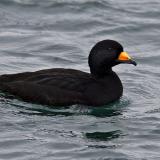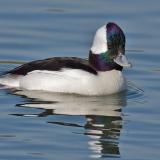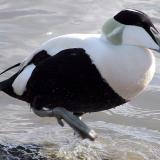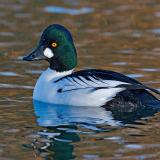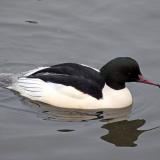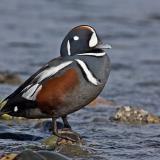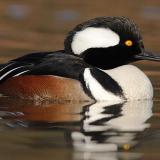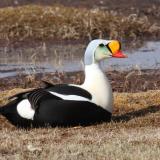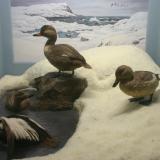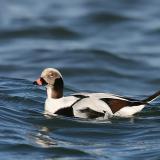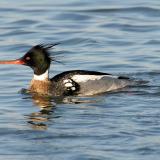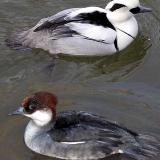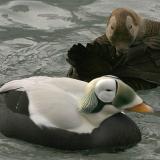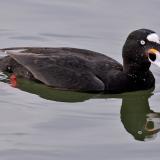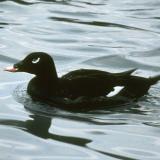The Diverse Tribe Mergini, The Sea Ducks
The sea ducks species make up the taxonomic tribe Mergini.
Merginae, form a subfamily of the waterfowl family of birds, Anatidae.
Tribe Mergini, or sea ducks, are a diverse assemblage of essentially marine-dwelling diving birds. They breed primarily in higher latitudes of Canada and Alaska. More than half of sea duck species are below long term averages, showing declines.
These diving marine birds are very differerent in reproductive strategy, behaviour, ecology, physiology, and biology from the more commonly recognized dabbler ducks. Management must carefully recognize and consider these critical differences to promote sustainability.
Most are long lived birds exhibiting K-selected reproductive strategies and vulnerable behaviours,
like site fidelity and tight rafting. This makes them susceptible to added mortality factors and localized depletions.
Sea ducks are the deepest divng Tribe of Anatidae using foot-propelled and/or wing propelled locomotion.
Mergini use specialized bills to eat mollusks or crustaceans from the benthic ocean floor or
like Mergansers or Smew have serrated edges to their bills to help them grip fish.
|
Bucephala islandica |
Melanitta nigra |
Bucephala albeola |
Somateria mollissima |
|
Bucephala clangula |
Mergus merganser |
Histrionicus histrionicus |
Lophodytes cucullatus |
|
Somateria spectabilis |
Camptorhynchus labradorius |
Clangula hyemalis |
Mergus serrator |
|
Mergellus albellus |
Somateria fischeri |
Polysticta stelleri |
Melanitta perspicillata |
|
Melanitta fusca |

